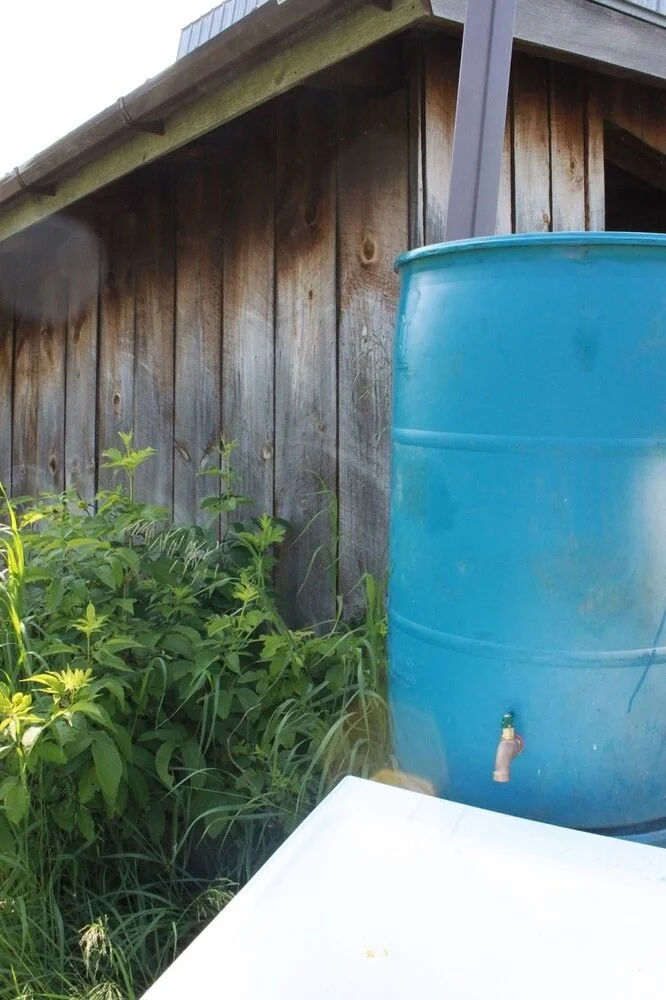Week-Long Workshops Planned Next Week For G4G Revival Tour: Outdoor Compost Toilets, Rainwater Showers, And Green Building Galore June 27-July 3
/Better Farm welcomes Grateful 4 Grace from June 27-July 3 for a week of green-building projects, team-building and workshops.
Grateful 4 Grace is a non-profit group traveling all over the country to offer helping hands on projects that further a sustainable mission. From their website:
Combining our love for humanity and the love we have for our planet, we have set out to help others help others become more consciously sustainable. With the universe as our guide we plan to gather in effort to grow our sustainable-minded collective consciousness that will produce what we consider to be a balanced environment that all species can live harmoniously with. To accomplish this we are traveling across the world helping intentional communities and organizations that are currently helping with similar causes become self-sustainable.
Twenty people from Grateful 4 Grace will be staying at Better Farm to help us construct an amenities station next to the Art Barn with compost toilets and solar showers fed by rainwater. We will additionally be constructing a smaller version of the amenities station next to our new solar-powered tiny home, greywater filtration units, and working on other farm-related projects throughout the week.
The public is invited to help us on this project and gain valuable hands-on experience in construction, green building, sustainability, and alt-energy concepts. To sign up, just email info@betterfarm.org. Lunch and refreshments will be provided!
Volunteers are welcome to join us from Tuesday, June 28, through Saturday, July 2, at Better Farm between the hours of 11 a.m. and 5 p.m.


















































































